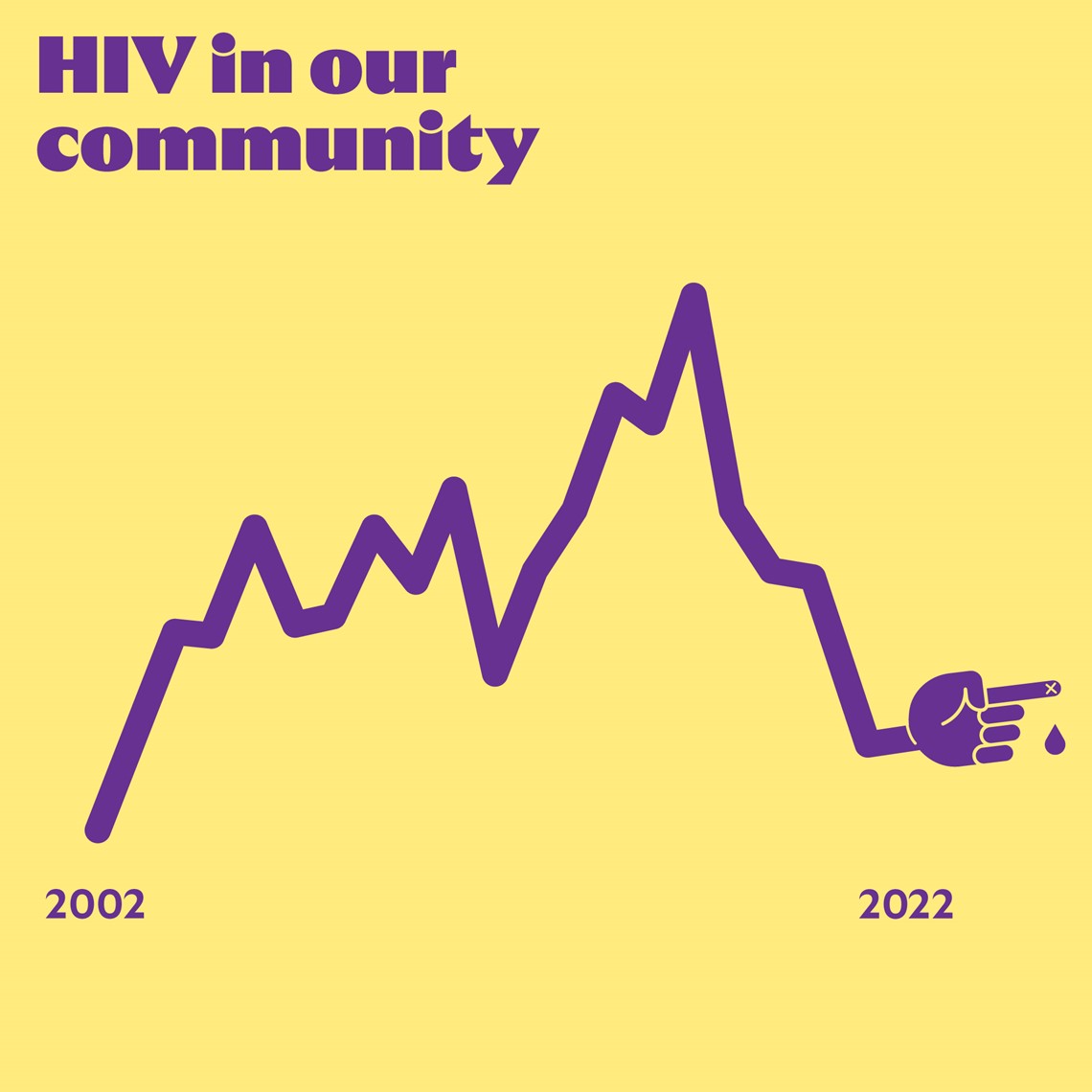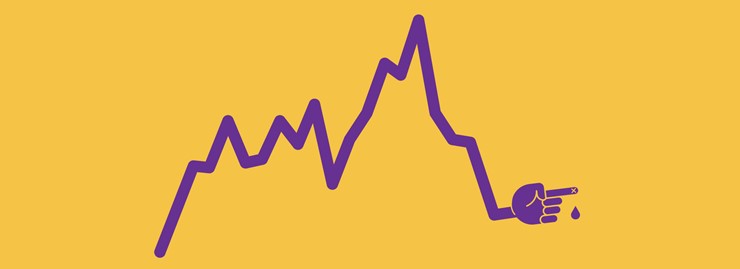The 2022 HIV and AIDS notification data from the University of Otago AIDS Epidemiology Group, showed that 53% of gay, bisexual, and other men who have sex with men (MSM) who acquired HIV in Aotearoa New Zealand were diagnosed late.
In 2022, of the 80 MSM notified with HIV, 34 acquired HIV in New Zealand. Of those, 29% are believed to have been diagnosed within about 14 months of infection. 53% had CD4 counts of less than 350, indicating a late diagnosis and that these individuals have been living with undiagnosed HIV for some time.
Burnett Foundation Aotearoa Chief Executive Joe Rich says that the higher proportion of late diagnoses indicates that our testing is picking up older cases.
“It is important that our communities are in regular systems of testing for HIV and other STIs suitable to their sexual needs. Early diagnosis and access to treatment leads to better health outcomes and helps prevent further transmission,” says Mr. Rich.
The data also shows a slight increase in the number of MSM in 2022 who acquired HIV locally. However, it is still among the lowest number of locally-acquired infections since 2002.

Mr. Rich says that the steady numbers of locally-acquired HIV transmissions, compared to 2021, is reassuring.
“There have been concerns that low numbers of transmission in the past few years could have been, in-part, a result of COVID-19 physical distancing measures or lockdowns decreasing testing frequencies. To see similar numbers in 2022, shows that combination prevention methods like condoms, PrEP, and HIV treatments appear to be working for our communities, and that local transmission is on the decline,” says Mr. Rich.
“Ultimately, we need to see these numbers decline further to reach our goal of eliminating local transmissions of HIV by 2030, so there is still mahi to be done,” adds Mr. Rich.
There were four transgender women in 2022 diagnosed with locally-acquired HIV.
“We are here to support at-risk rainbow and takatāpui communities access combination prevention methods and services. We encourage men who have sex with men and people who have sex with them to visit our website and work out the best testing frequency and options for them,” says Mr. Rich.
Burnett Foundation Aotearoa provides free condoms, in-clinic and self-HIV tests, as well as subsidised online PrEP appointments for communities at risk of HIV.
Living with HIV is a manageable condition for most Kiwis in 2023. Burnett Foundation Aotearoa, along with other organisations in the sector provide a range of support services and information. Anyone can visit our website or get in touch with us to discuss how we can best support them.
To find out how often you should be testing for HIV visit our website and use our testing recommendation tool.


